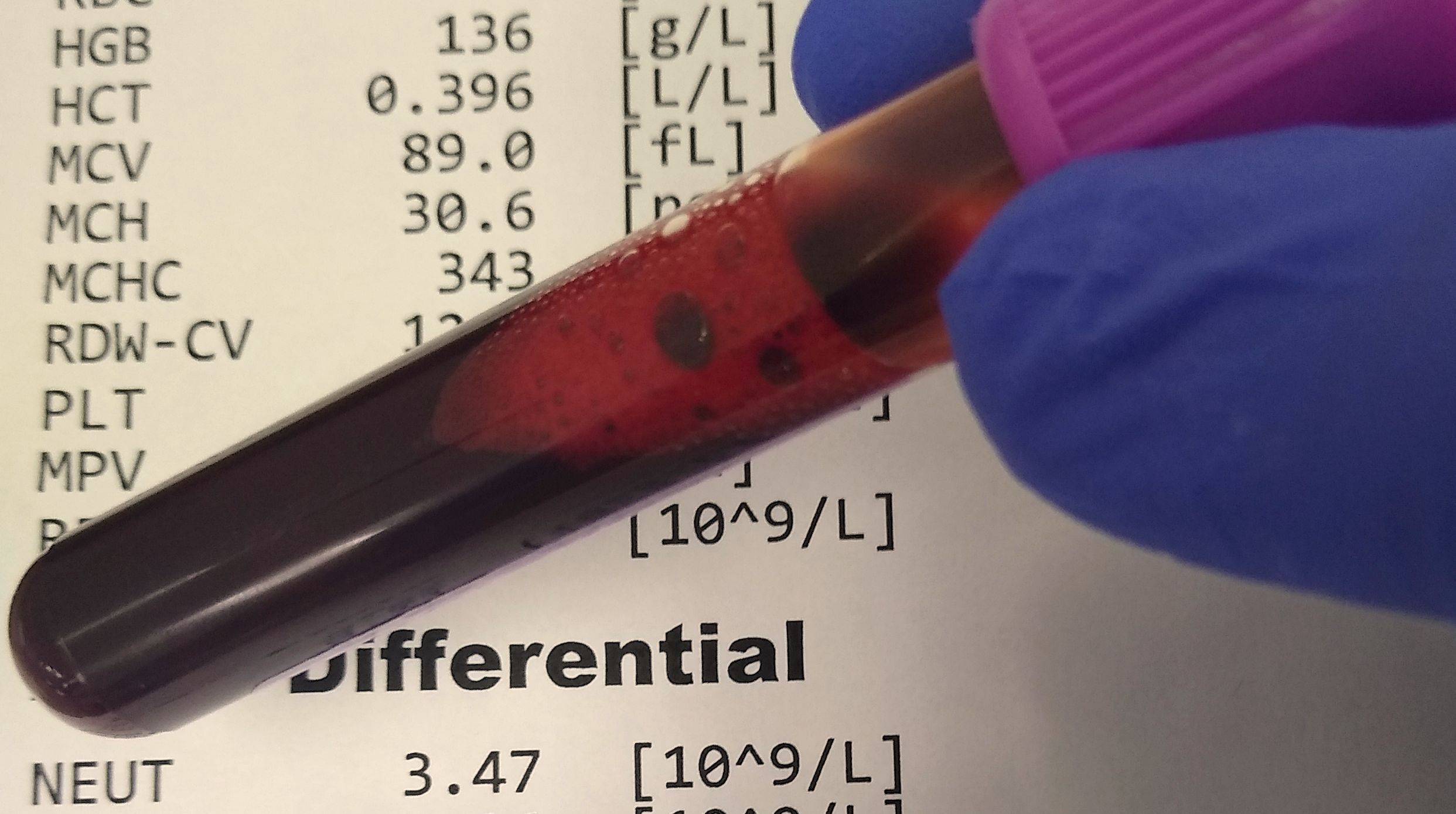Mean Platelet Volume (MPV) in Blood Work: Complete Analysis Guide

Mean Platelet Volume (MPV) in Blood Work: Complete Analysis Guide
Mean Platelet Volume (MPV) measures the average size of platelets, the cells that make blood clot. MPV shows platelet production and function, which helps diagnose and monitor medical conditions.
If you recently received your test results back and need a breakdown of what they mean, LabAnalyzer can offer a personalized explanation.
This guide explains MPV blood test results, their meaning, and when to seek medical evaluation.
What is Mean Platelet Volume?
MPV shows the size of platelets in your blood and indicates their activity and maturity.
Key Points About MPV:
How It's Measured:
MPV is part of a Complete Blood Count (CBC) test using automated analyzers.
Role of Platelets:
Platelets are small, disc-shaped cells that form clots to stop excessive bleeding.
Why MPV Matters:
Larger platelets show more activity and form when bone marrow receives stimulation, often from a health issue.
Smaller platelets indicate reduced platelet production or bone marrow dysfunction.
MPV helps identify disorders related to platelet function and production.
Normal MPV Ranges Explained
MPV values come in femtoliters (fL) and differ slightly between laboratories.
Typical MPV Reference Range:
Normal Range: 7.5–12.0 fL.
Factors Influencing Normal MPV Levels:
Age:
MPV runs higher in children and decreases with age.
Health Status:
Infections, stress, or medications change MPV temporarily.
Lab Variability:
Different equipment or methods change reference ranges slightly.
MPV values in the normal range show healthy platelet production and function.
High MPV Causes and Implications
High MPV shows larger, more active platelets circulating in the blood.
Common Causes of High MPV:
Bone Marrow Stimulation:
Increased platelet production from bleeding or platelet destruction.
Inflammatory Conditions:
Chronic inflammation, such as rheumatoid arthritis or inflammatory bowel disease.
Cardiovascular Risk Factors:
High MPV links to increased risk of heart attacks and strokes.
Thrombocytopenia (Low Platelet Count):
High MPV with low platelet count points to disorders like immune thrombocytopenia (ITP).
Lifestyle Factors:
Smoking and obesity raise MPV levels.
Clinical Implications:
High MPV points to clotting or bleeding complications based on platelet count and clinical context.
High MPV results need comparison with other blood tests and clinical findings to find the cause.
Low MPV: What It Means
Low MPV shows smaller, less active platelets in the blood, often from decreased production or a medical condition.
Common Causes of Low MPV:
Bone Marrow Disorders:
Conditions like aplastic anemia or bone marrow suppression from chemotherapy.
Chronic Illnesses:
Low MPV links to chronic kidney disease or liver disease.
Certain Infections:
Viral infections suppress platelet production, creating smaller platelets.
Immune Disorders:
Conditions like systemic lupus erythematosus (SLE) affect platelet size and function.
Clinical Implications:
Low MPV points to higher bleeding risk, especially with low platelet count.
Medical professionals need more tests to find the cause of ongoing low MPV levels.
Connection to Other Blood Cell Counts
MPV results work best when read with other CBC parameters.
Platelet Count and MPV:
High MPV + Low Platelet Count:
Points to quick turnover or destruction of platelets, seen in ITP or disseminated intravascular coagulation (DIC).
Low MPV + Low Platelet Count:
Points to bone marrow failure or suppression.
High MPV + Normal Platelet Count:
Links to inflammation or cardiovascular risk factors.
Other CBC Markers:
White Blood Cell Count (WBC):
High WBCs with high MPV point to infection or systemic inflammation.
Red Blood Cell Count (RBC):
Problems in RBCs with low MPV point to bone marrow issues.
Reading MPV with other blood counts shows the full picture of problems.
When to Be Concerned About MPV Results
Unusual MPV results point to health issues, but concern levels depend on other clinical and laboratory findings.
Red Flags in MPV Results:
Ongoing High or Low MPV:
Points to a chronic or systemic condition needing more tests.
Symptomatic Changes:
Signs like unexplained bruising, long bleeding times, or fatigue with unusual MPV levels.
Big Changes Over Time:
Quick shifts in MPV levels need close monitoring and more testing.
Next Steps for Abnormal MPV:
Repeat Testing:
Checks ongoing problems and rules out temporary changes.
Specialized Tests:
Includes bone marrow biopsy, coagulation studies, or imaging to find specific conditions.
Quick evaluation of unusual MPV levels leads to early diagnosis and proper treatment.
Mean Platelet Volume (MPV) marks platelet production and activity, showing clotting risk, inflammation, and bone marrow health. High or low MPV levels do not diagnose conditions alone but provide clues when read with other blood test results and clinical signs. Regular checks and quick follow-up with healthcare providers help address health issues linked to unusual MPV results.